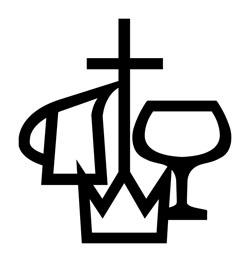 The Christian and Missionary Alliance in Canada, an EFC affiliate denomination, recently published a Learning and Prayer Guide on truth and reconciliation. C&MA staffer Serena Richardson explains.
The Christian and Missionary Alliance in Canada, an EFC affiliate denomination, recently published a Learning and Prayer Guide on truth and reconciliation. C&MA staffer Serena Richardson explains.
→ Read more online interviews in our Three Questions series
→ Contact us to suggest someone you think we should interview or a resource you think we should share
Q1. What is this resource, and what is it for?
This interactive online document will take readers on an incredible learning and prayer journey.
It uses video content, information and links to other resources to examine the TRC calls to action. The TRC is the Truth and Reconciliation Commission, which in 2015 released its summary report on the impact of residential schools on Indigenous Peoples in Canada.
The TRC report identified how colonialism attempted to destroy a culture, and how its legacy has been oppressing Aboriginal people for generations. It is a dark history that all Canadians should be mindful of and compassionately moved to bring about change through reconciliation.
This guide has been developed by the C&MA to help raise awareness and to offer the opportunity for intentional prayer as readers are guided through the TRC’s 94 calls to action.
The full title of this resource is: Truth and Reconciliation Calls to Action Learning and Prayer Guide.
Q2. Is this resource relevant to Evangelicals in other Canadian churches and fellowships?
Definitely, yes!
Joanne Beach is the C&MA director of justice and compassion. Here's how she explains the broad need for such resources in an article called Healing Relationships:
The pathway to healing and reconciliation will ultimately depend on prayer and intentional action by individuals. To be agents of healing and reconciliation, we need to start by examining our own hearts. Do we hold prejudices or misconceived ideas about Aboriginal peoples? Are we aware of the lived experiences that have been harmful to their communities? We must seek to build relationships in order to hear their stories. We can host or participate in events like the Blanket Exercise. We can pray that churches, communities, governments, and institutions will implement the 94 calls to action, which represent hope for a brighter and better future for Aboriginal people, their children, and their grandchildren.
Q3. What actions are you hoping might result from people engaging with this resource?
We hope this resource will inform and challenge readers to embrace humility, identify with the suffering of others, and be intentional in taking actions that contribute to the relational healing between Aboriginal and non-Aboriginal people of Canada.
We encourage people to use this guide, available on the C&MA website, for their own prayer and reflection time and to perhaps consider organizing a Kairos Blanket exercise within their own community.